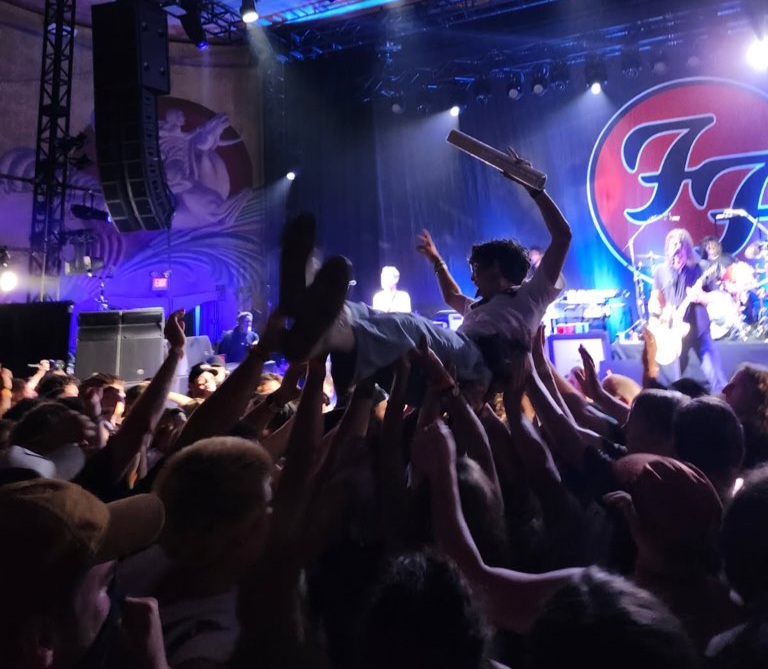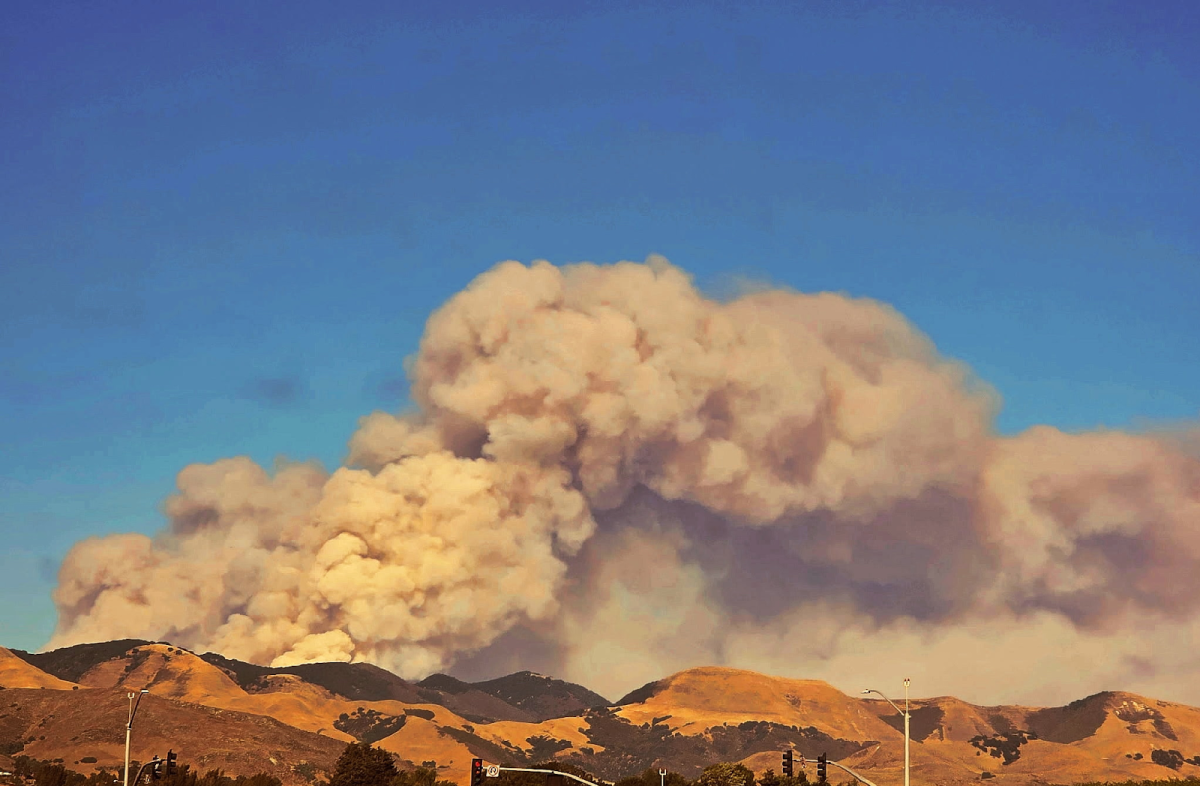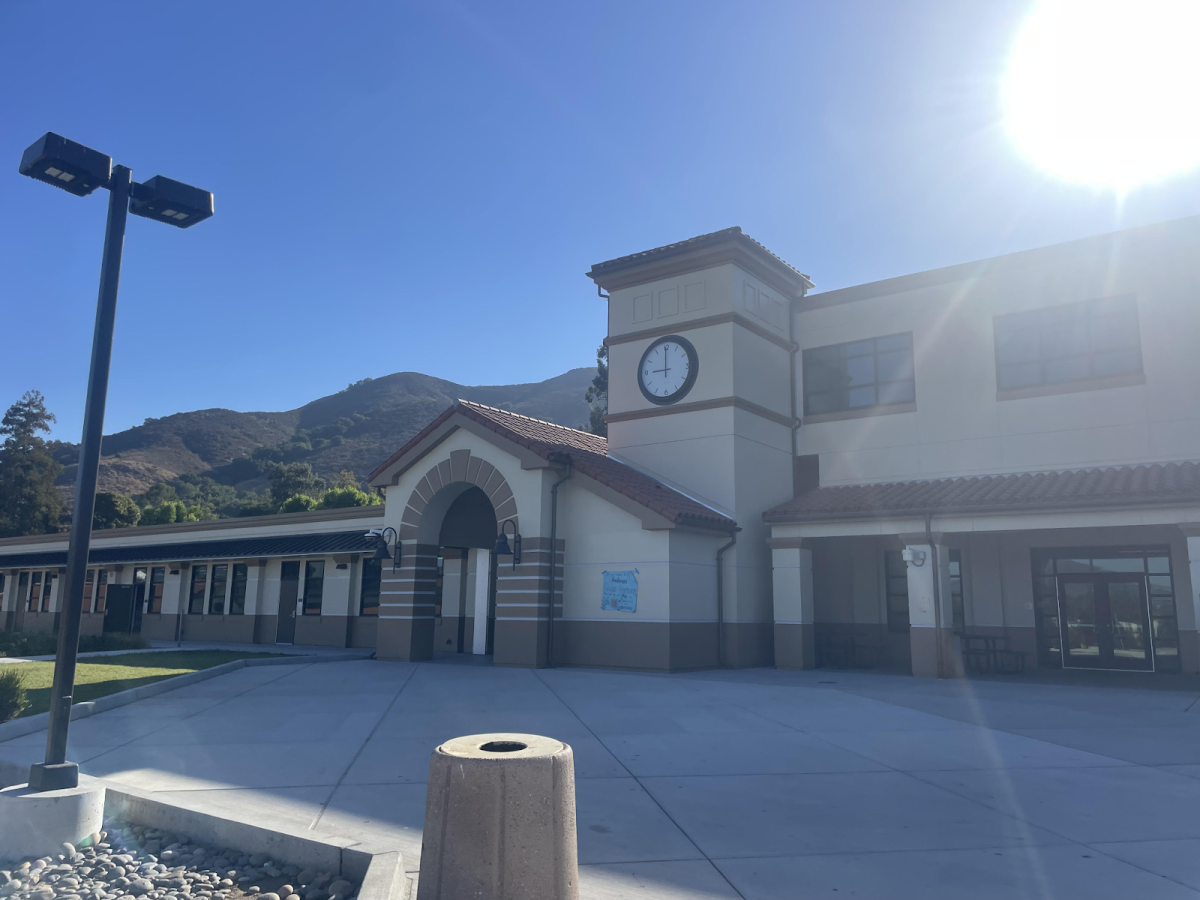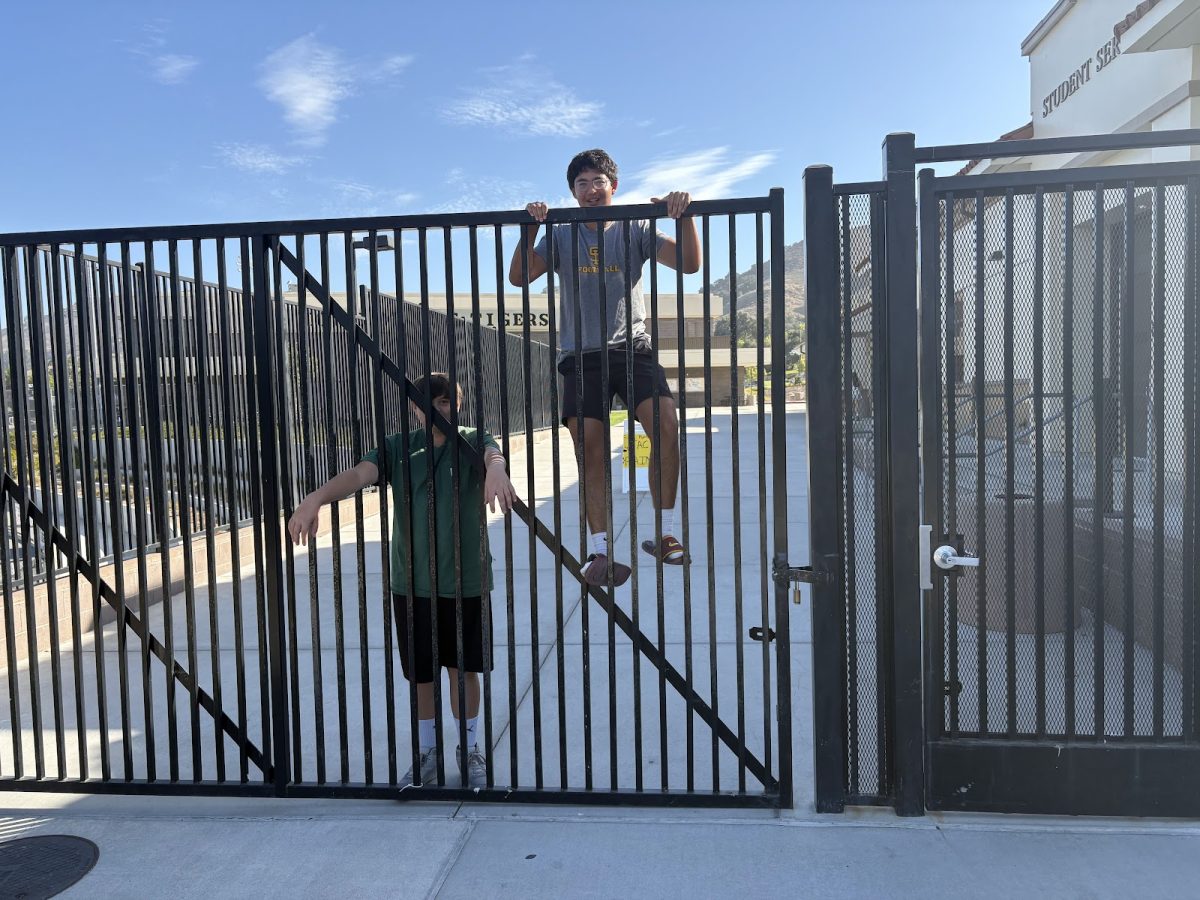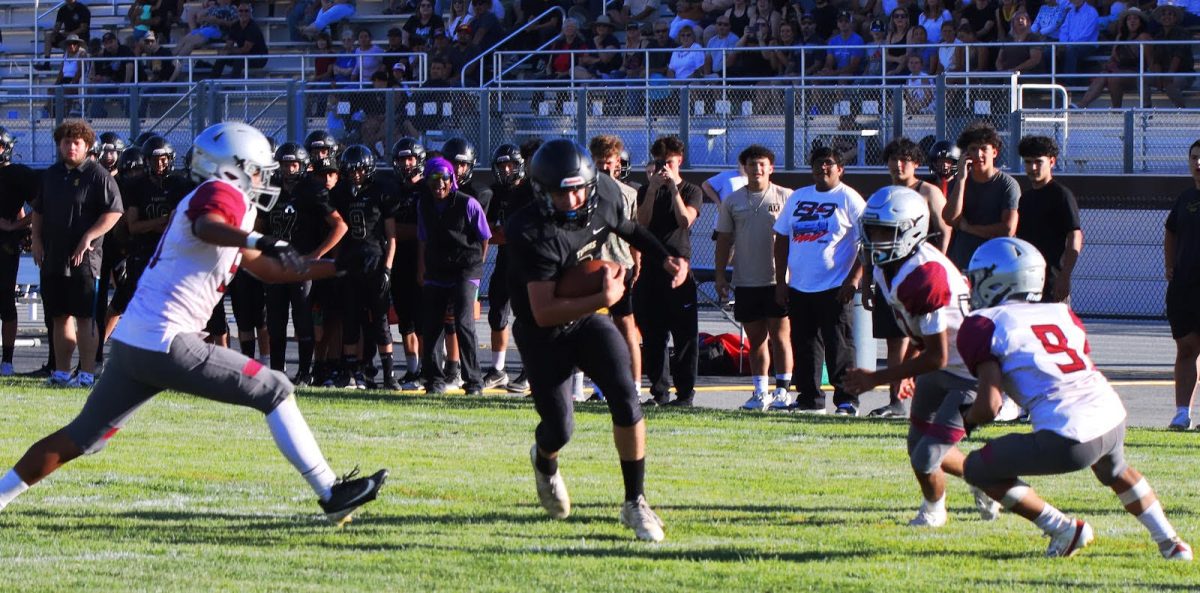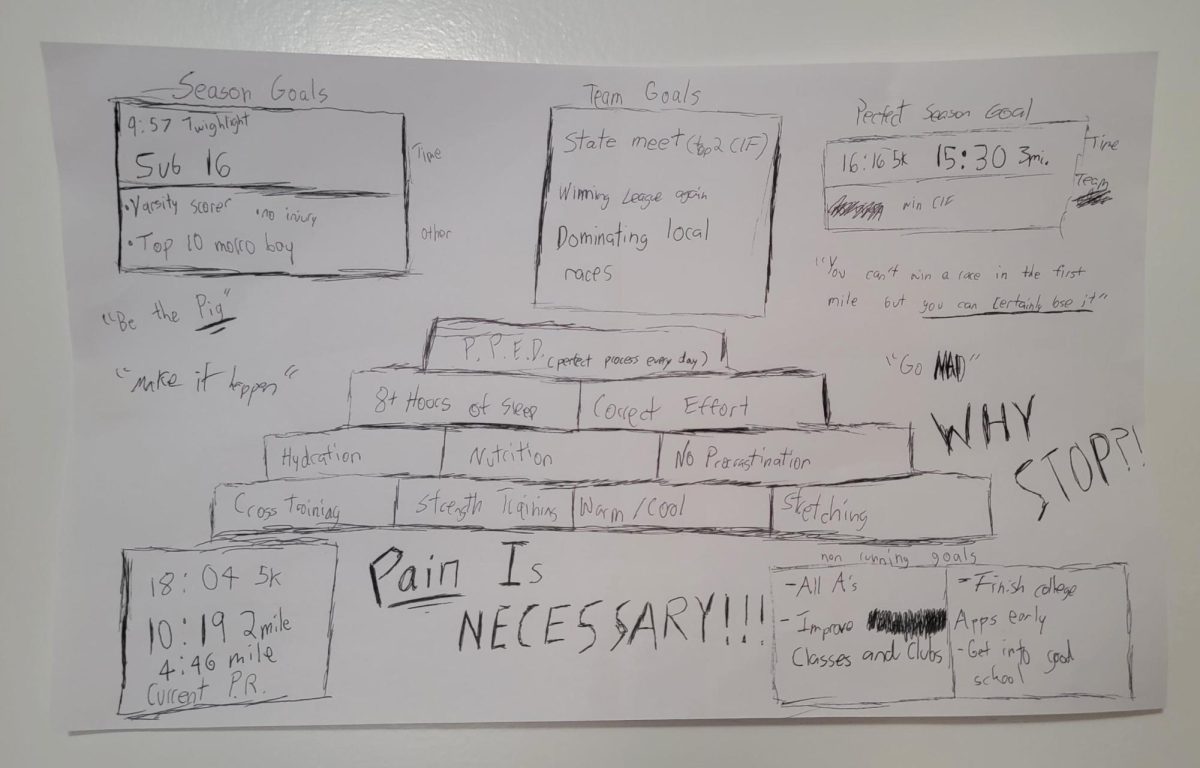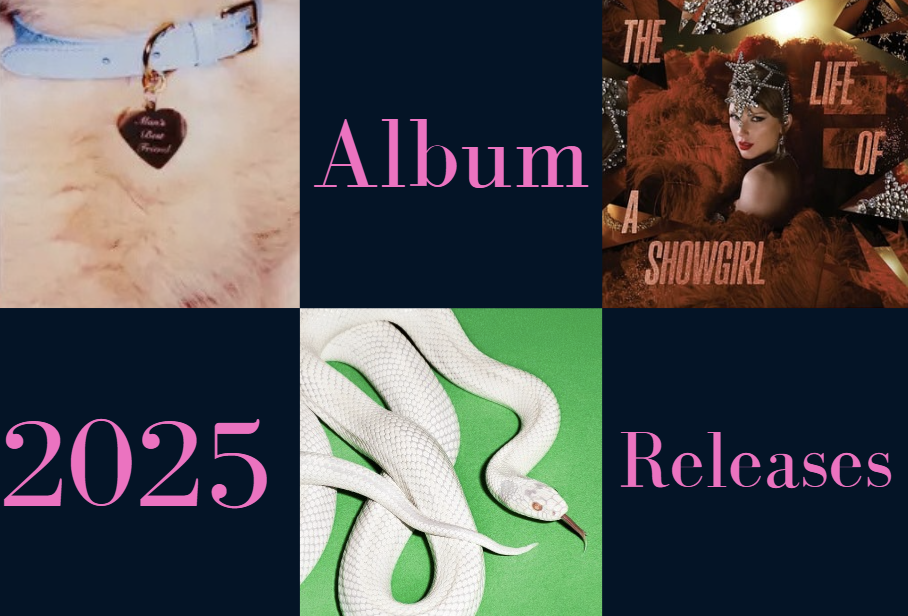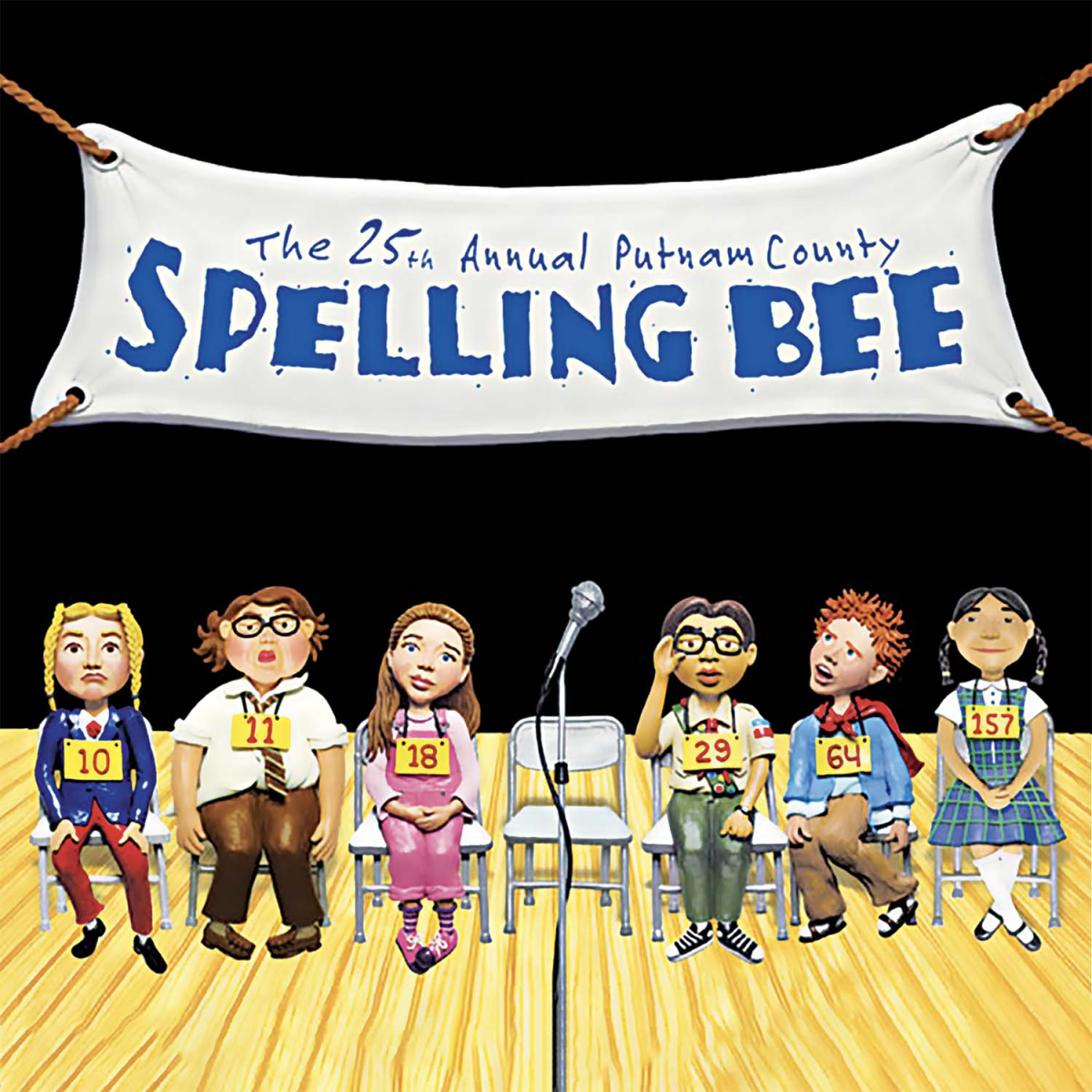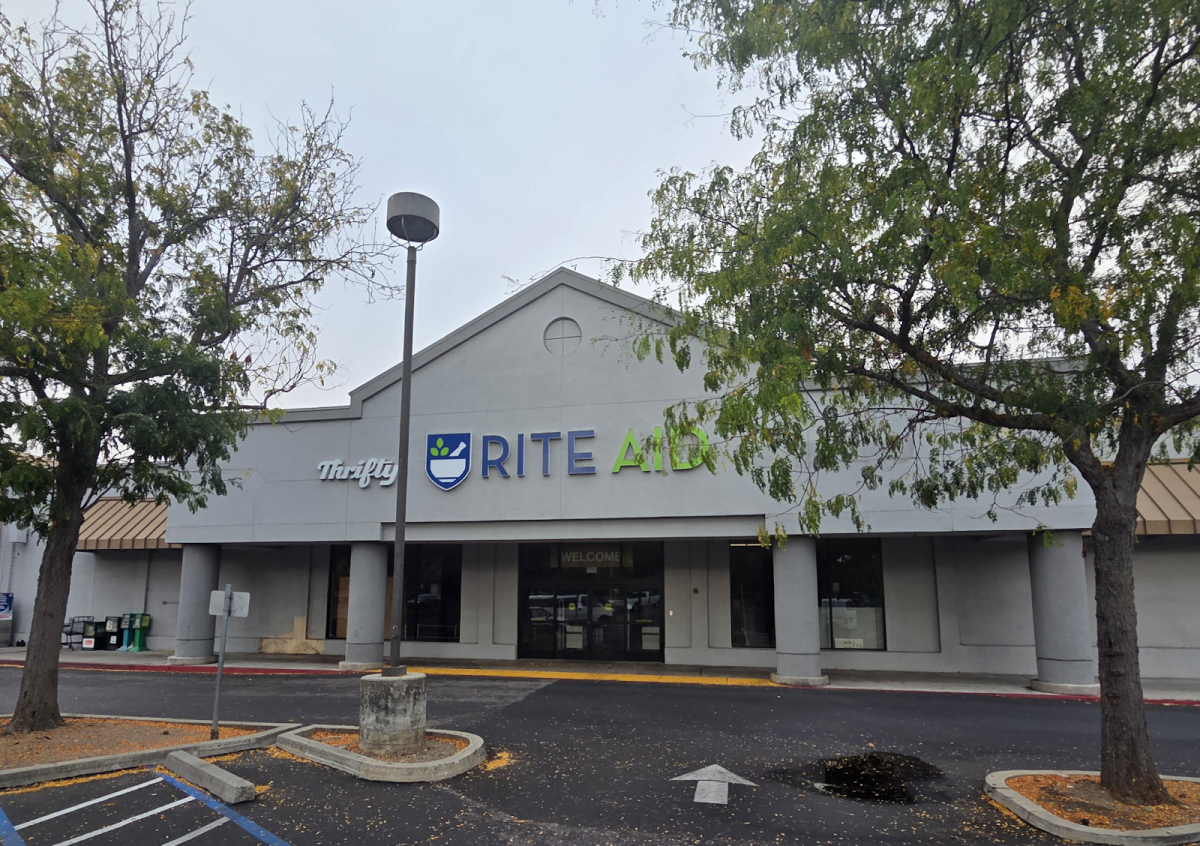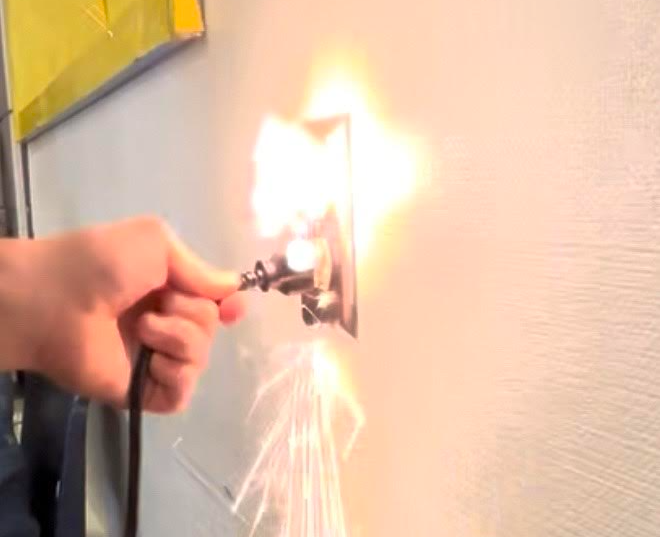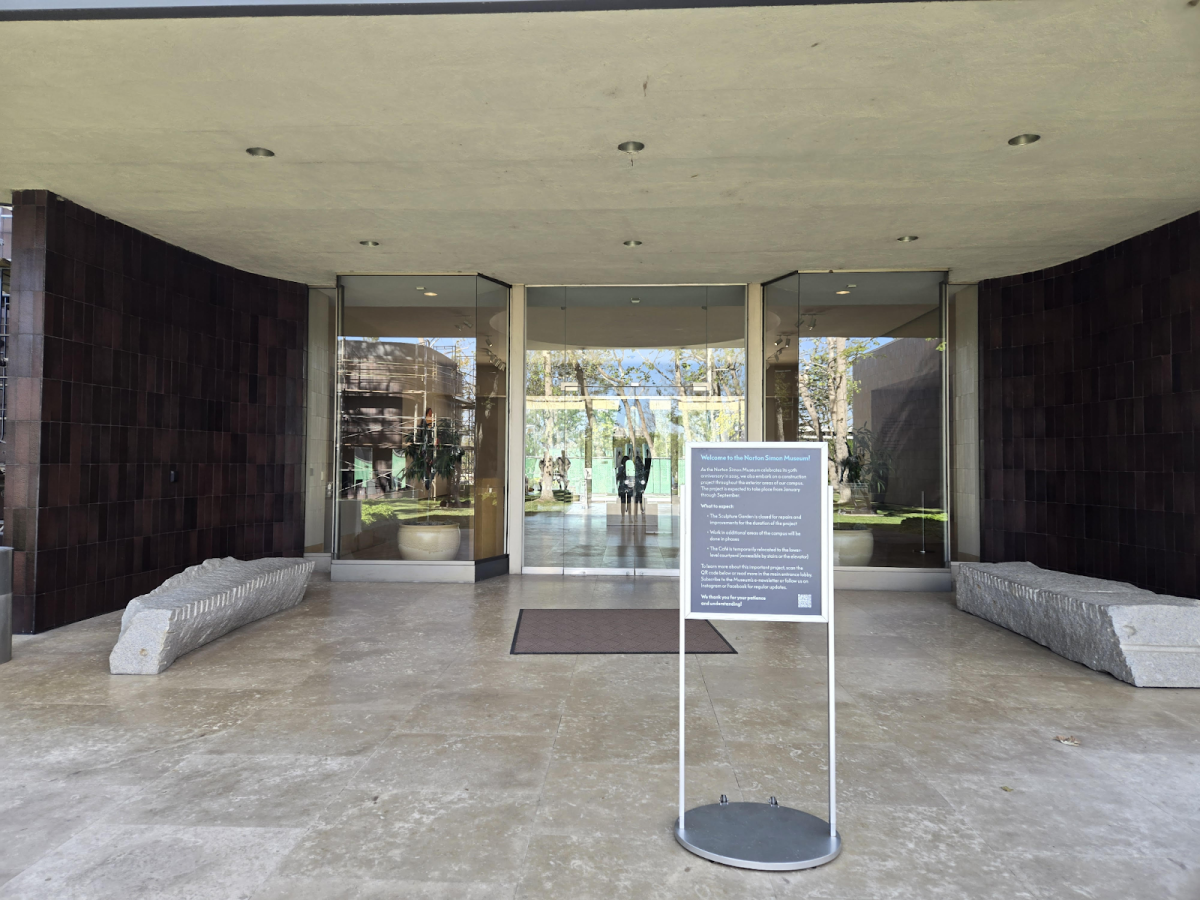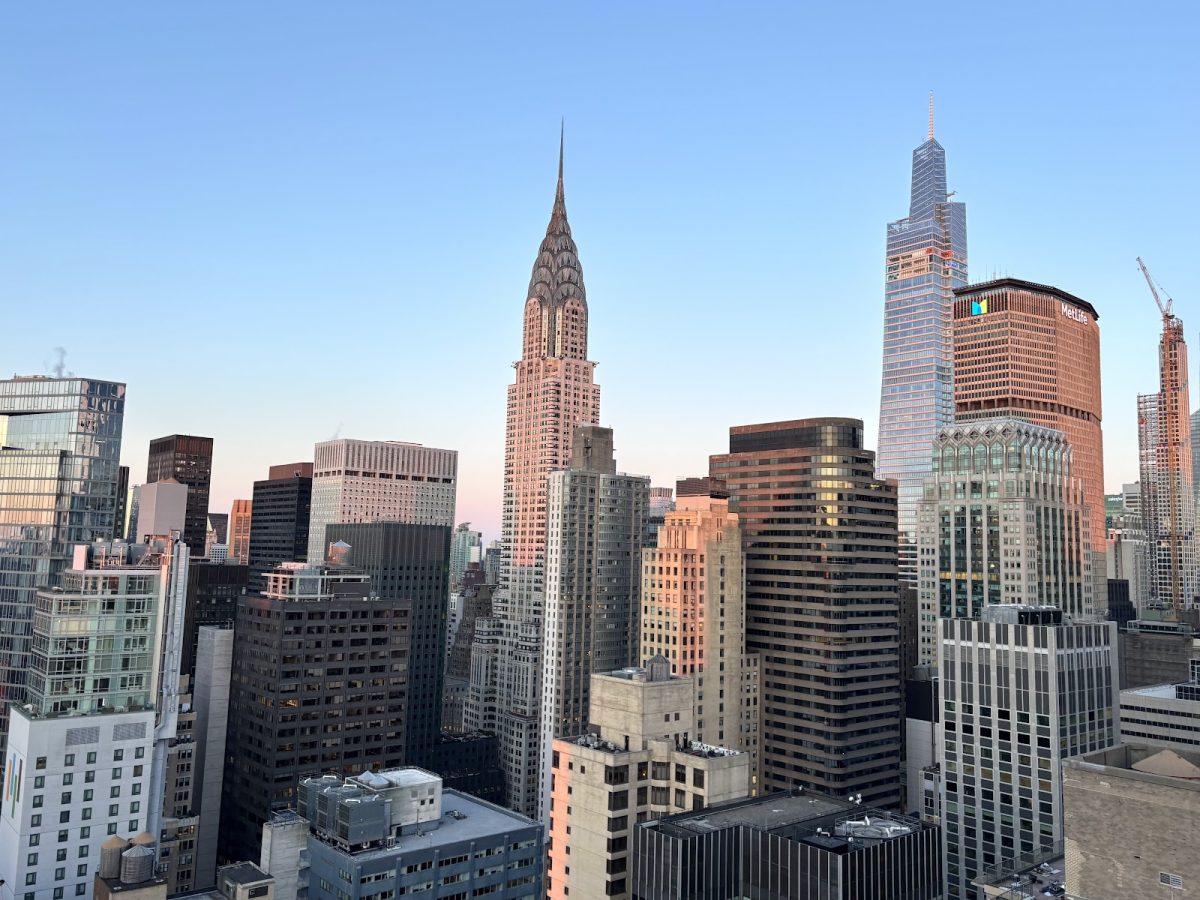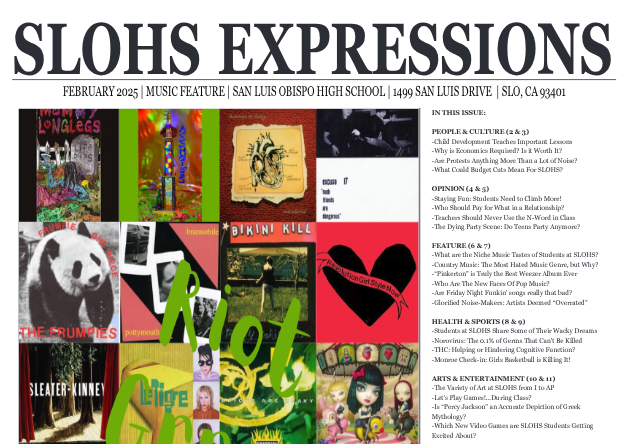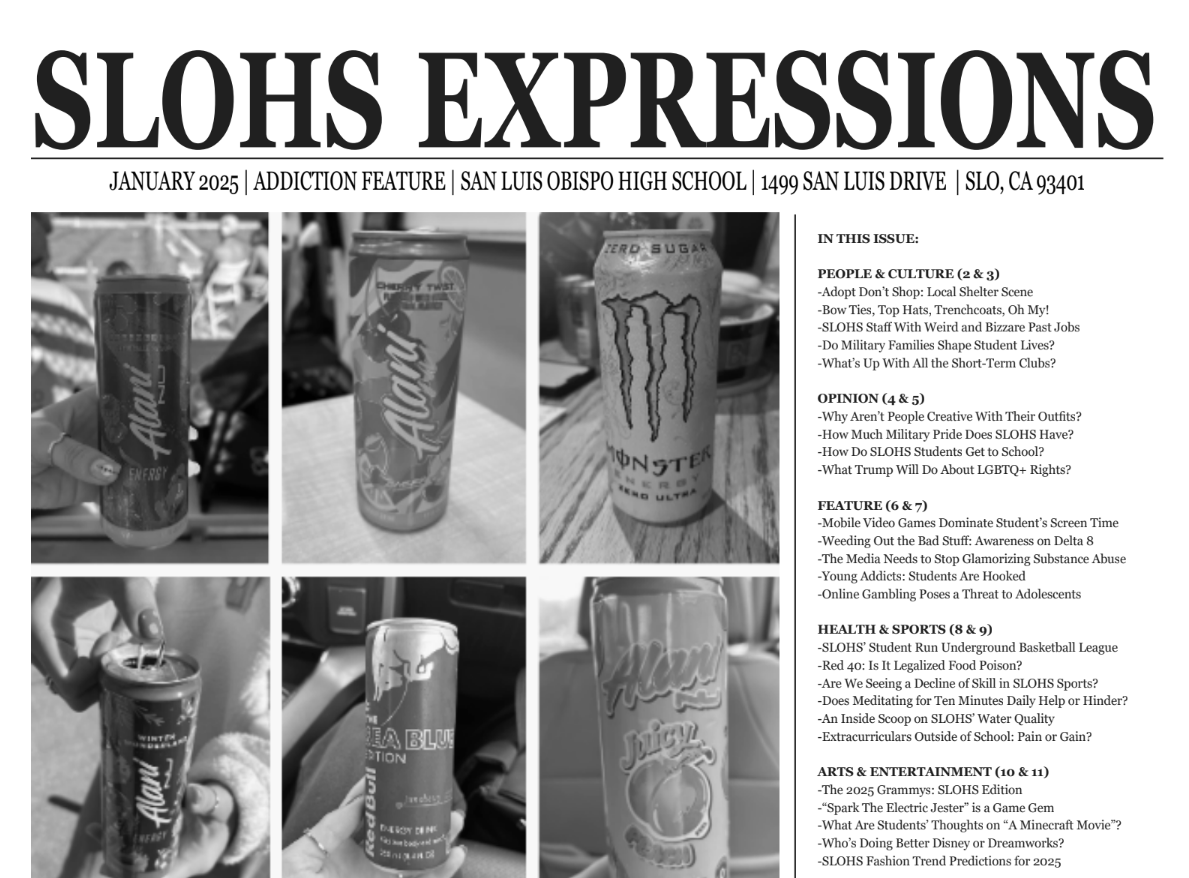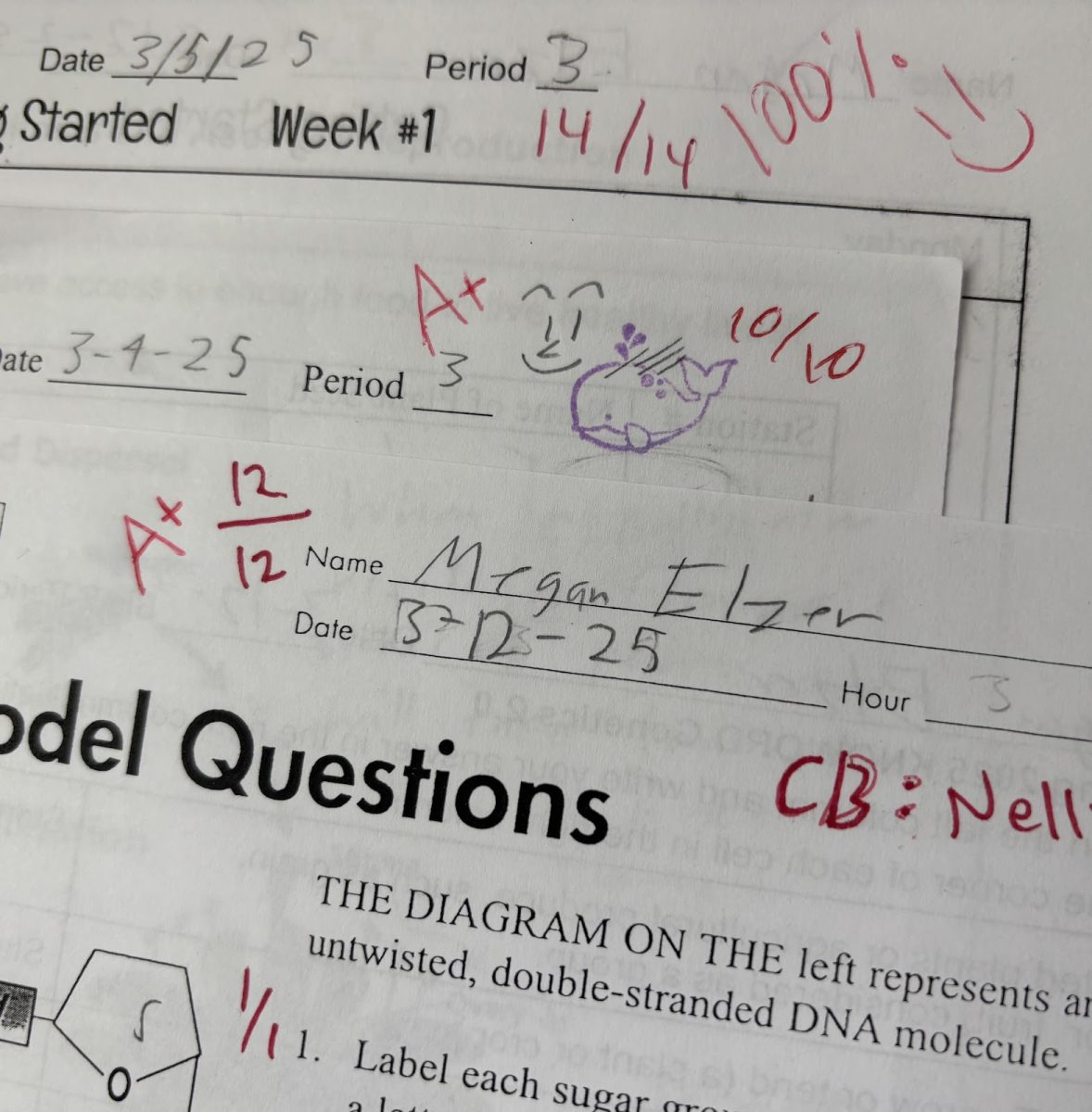photo courtesy of senior Reece Candaele
A dilemma, truly.
When half of the population chooses real trees and the other half chooses fake trees, who knows which one is better?
Each San Luis Obispo High School family that actually celebrates Christmas has its preferences, traditions, and chooses that all are respected and loved, but what type of tree is at the center of it all?
“As I grow older I realize the Christmas spirit lessons. One way I can hold onto the magic of Christmas is by going to Home Depot each year with my family and purchasing the tallest tree, strapping it on the car, bringing it home, and setting it up. All while my mother yells at us that it is not good enough. With a fake tree this experience would be shortened and less desired,” said senior Lilah May.
Some enjoy a real tree because of the experience of picking it out. Often a signal of the new season with new expectations. Others like a real tree because of the smell it brings, the change it tokens, the variety it can be, and the firewood it yields. In all truthfulness, the real Christmas tree is the traditional approach to Christmas. But, as fewer and fewer people celebrate the “real” reason for the season, alternative tree options have become ever so popular. The classic alternative is a fake tree.
“We have had the same tree since I was born. It’s just easier so we don’t have to pick up the mess later. And it’s cost-efficient and we were thinking of the environment, my mom was really set on not killing more trees,” said senior Reece Candaele.
Fake trees are almost as consistent as holiday fights and burnt cookies. What these trees lack smell makes up for in perfection. There is no lying when saying a fake tree is the easiest way to go. No cutting required, hours of discussion on what tree to choose, and the struggle of getting a tree in your house, included. Simply open the box that’s been stuffed in a closet and assemble the three pieces. If you’re really smart these trees can be inexpensive, prelight, and any size, color, or height you want. No spending four hundred dollars on a Blue Spruce when you have after Christmas sales marking down fake trees to sixty bucks. Last year the average real tree cost four dollars more than other years at seventy-eight dollars. Whereas the average cost of a fake tree is a hundred and eight dollars per lifetime, not a year.
With three hundred and fifty million trees growing right now and thirty to fifty million sold each year, environmentally people think fake trees are better. But people overlook the materials used in a fake tree.
“To manufacture an artificial Christmas tree, you need PVC plastic, steel, and aluminum, plus cardboard for the packaging and the resources to ship the trees from Asia, where most of them are made,” said Los Angeles Times.
Water, pesticides, gas to transport trees and land occupied by Christmas trees go into the production of the real trees. Both trees have effects on the environment and it’s hard to say which one is better, without knowing what each family does with their trees.
Either way you choose a Christmas tree is only part of what makes the season merry, we all know it’s what’s under the tree that counts.
Sources: CBS Los Angeles, Los Angeles Times

